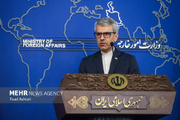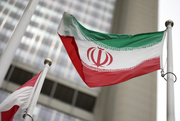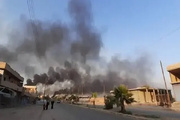Mr. Ali Assadi told Iran’s state news agency IRNA on Tuesday that the site and the monument had located 35km north of Persian Gulf waters. The edifice was uncovered after two seasons of excavations in the site. “The circular building with a major circle built using 20 same size stone piers, and it seems that in the center there had been a domed space,” he detailed. “Under the dome, circular column was erected using stone and Plaster of Paris, artfully located in the center of the building.”
“The building covers an area of 230 square meters and the edifice is circumscribed by an earthen brick parapet; it had been used up to the end of the Sassanian era and then was abandoned,” Assadi told IRNA. “The building is unique in that it has no known application; possible applications are assumed to be for ritual, astrological or scientific purposes; this building has no twin building in all the Middle East and North Africa.”
“The circular mound of Tomb-e Pargan would be accessed to the public from south of Bastak; this probably served as part of a greater observatory complex; before excavations, traces of a ditch were quit detectable around the mound which gave the impetus for excavation per se,” he added.
The site is located in Hormozgan province and has shown the evidence of a consistent human habitation from the excavation spanning eight seasons. The main human settlement in Tomb-e Pargan demonstrates architectural structures characteristic of the Sasanian-era buildings.
SH/IRN82455192

























Your Comment